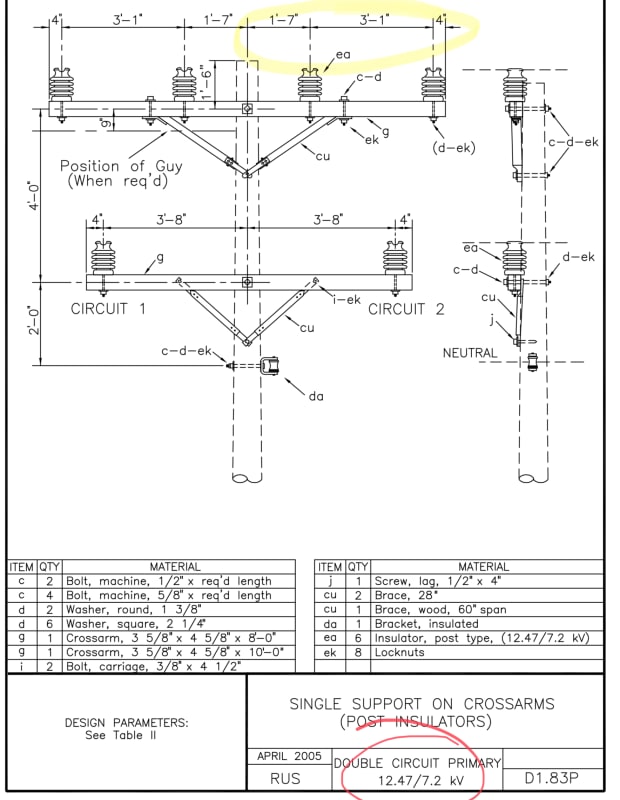cuky2000
Electrical
- Aug 18, 2001
- 2,133
It is safe to use a 12.47 kV design standard for a 13.8 kV overhead distribution system considering that both are within the traditional 15 kV ANSI class
The application is for selecting overhead phase-to-phase or phase-to-ground clearances using an existing 12.47 kV design standard but at nominal voltage of 13.8 kV. Please advise.
The application is for selecting overhead phase-to-phase or phase-to-ground clearances using an existing 12.47 kV design standard but at nominal voltage of 13.8 kV. Please advise.

